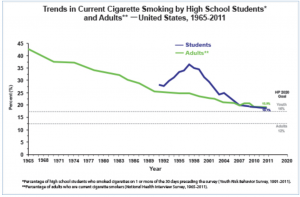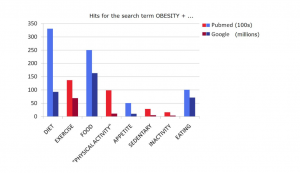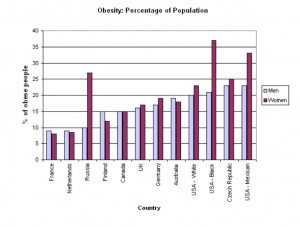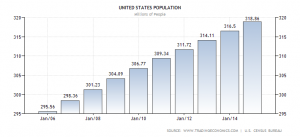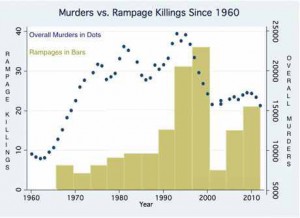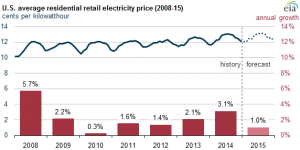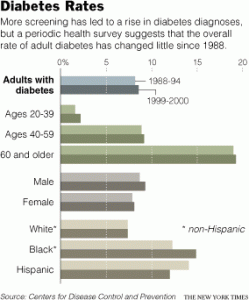
This graph represents data collected over four year periods combined together, and published 2008, based on compiled information of infections within certain age demographics. The information within this chart shows the actual amount of new infections as oppose to collected data over the course of the life span of this illness.
I have never really paid much attention to graphs before but I noticed that not only does this graph break down the amount of infectious cases per year it also binds those data markers together under a four year age bracket; which is all in clear color coded detail while being placed together. Not to mention the information that the graph portrays is frightening. Be safe all and stay well.
http://www.project.org/info.php?recordID=476

